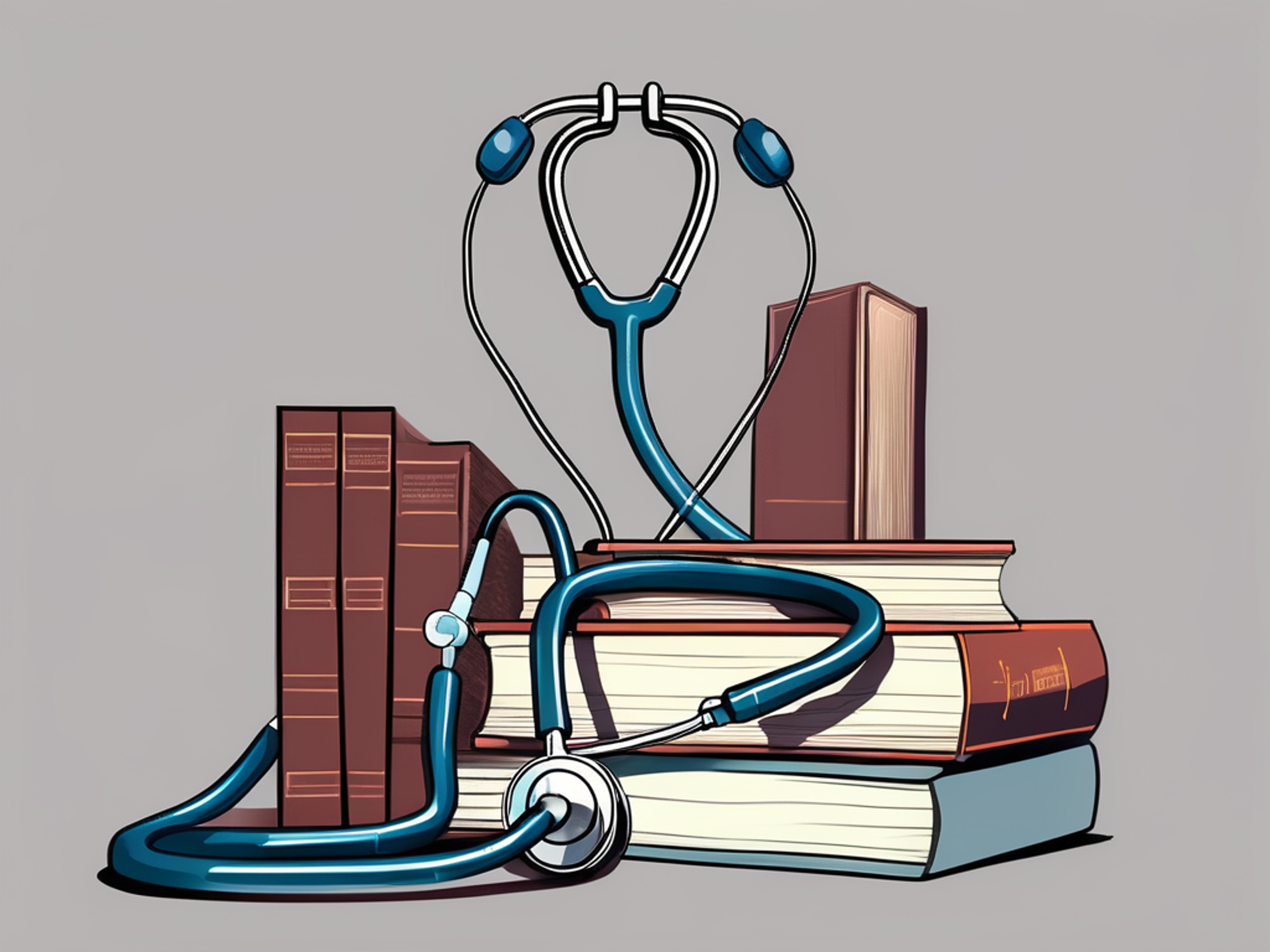Cheapest Medical Schools in US: Your Guide to Affordable Medical Education
Looking for affordable medical education? Check out our guide to the cheapest medical schools in the US.
Posted April 10, 2025

Table of Contents
Free Event

Featuring Jaspreet K.
Ask Me Anything: Medical School Applications
Starting Friday, April 25
12:00 AM UTC · 30 minutes

Featuring Jaspreet K.
Medical school can be a costly investment, with expenses such as tuition fees, textbooks, and living expenses adding up quickly. For students looking to pursue a career in medicine without breaking the bank, attending a lower-cost medical school may be the perfect solution. In this guide, we will explore the top 10 cheapest medical schools in the US and provide insights into the benefits and drawbacks of attending an inexpensive medical school.
Why Choose a Cheaper Medical School?
Attending a cheaper medical school can be an excellent option for students who want to avoid taking on excessive debt. Not only will attending a lower-cost school save money on tuition fees, but it can also help you avoid taking out large student loans to cover living expenses or other costs. Additionally, attending a cheaper school does not mean sacrificing educational quality, as many low-cost medical schools still offer rigorous and comprehensive curriculums.
Another advantage of attending a cheaper medical school is that it can provide greater flexibility in terms of career choices. With less debt to repay, graduates may have more freedom to pursue their desired specialty or practice in underserved areas without worrying about financial constraints. This can also lead to a greater sense of job satisfaction and fulfillment.
Furthermore, attending a cheaper medical school can also provide opportunities for students to gain hands-on experience and exposure to diverse patient populations. Many low-cost medical schools are located in areas with high rates of poverty or limited access to healthcare, which can offer unique learning experiences and prepare students for a career in serving disadvantaged communities.
The Importance of Affordability in Medical Education
The cost of medical education can be a significant barrier for many students who are interested in pursuing a career in medicine. In fact, the average cost of tuition and fees for a public medical school in the US is around $37,000 per year, while private schools can cost upwards of $60,000 per year. As a result, many students graduate with significant student debt, which can make it challenging to achieve financial stability after graduation. Attending a more affordable medical school can help students avoid this financial burden and achieve their career goals without sacrificing their financial wellbeing.
However, the importance of affordability in medical education goes beyond just the financial impact on students. It also has implications for the healthcare system as a whole. When medical education is too expensive, it limits the diversity of the student body, as only those who can afford it are able to attend. This lack of diversity can lead to a workforce that does not reflect the communities it serves, which can result in disparities in healthcare outcomes. Additionally, high tuition costs can discourage students from pursuing primary care specialties, which are often lower paying but crucial for providing accessible and affordable healthcare to underserved populations. Therefore, making medical education more affordable is not only beneficial for individual students, but also for the overall health and wellbeing of society.
Criteria for Evaluating Cheap Medical Schools
When evaluating cheaper medical schools, it’s important to consider factors such as tuition costs, academic reputation, location, and available resources. While lower tuition costs may be attractive, it’s essential to ensure that the school you choose offers a robust curriculum and sufficient support services to help you succeed throughout your academic journey. Additionally, it’s important to consider other costs, such as living expenses and transportation, when evaluating the overall cost of attending a particular school.
Another important factor to consider when evaluating cheap medical schools is the quality of the faculty. It’s essential to choose a school with experienced and knowledgeable professors who can provide you with the education and training you need to succeed in your career. You can research the faculty members of a particular school by looking at their credentials, publications, and research projects.
Finally, it’s important to consider the opportunities for hands-on experience and clinical rotations when evaluating cheap medical schools. Look for schools that offer clinical rotations in a variety of settings, such as hospitals, clinics, and community health centers. These experiences will provide you with valuable real-world experience and help you develop the skills you need to succeed as a medical professional.
Top 10 Cheapest Medical Schools in the US
Here are the top 10 cheapest medical schools in the US:
- The University of Texas Health Science Center at San Antonio
- Texas A&M Health Science Center College of Medicine
- The University of Texas Rio Grande Valley School of Medicine
- Texas Tech University Health Sciences Center Paul L. Foster School of Medicine
- University of Tennessee Health Science Center College of Medicine
- The Brody School of Medicine at East Carolina University
- University of Oklahoma College of Medicine
- The University of South Dakota Sanford School of Medicine
- Eastern Virginia Medical School
- Lake Erie College of Osteopathic Medicine-Bradenton
Pros and Cons of Attending a Low-Cost Medical School
While attending a lower-cost medical school can be a great way to save money, there are also potential drawbacks to consider. Pros of attending a low-cost medical school can include saving money on tuition and living expenses, being able to graduate with less student debt, and accessing a rigorous academic curriculum. Cons can include less access to high-quality resources and facilities and potentially lower career earning potential after graduation. It’s important to weigh these pros and cons and make an informed decision when choosing a medical school.
Financing Your Education: Tips and Tricks for Saving Money
Even if you choose to attend a low-cost medical school, financing your education can still be a challenge. Here are some tips and tricks to help you save money on your medical education:
- Apply for scholarships and grants
- Explore all available financial aid options
- Consider living with roommates to save on housing costs
- Look for part-time work opportunities during your studies
- Consider taking on a side hustle or freelance work to earn extra income
Scholarships and Grants for Low-Income Students in Medicine
Many scholarships and grants are available to help low-income students pursue careers in medicine. Some of the most popular scholarships and grants include:
- The Gates Millennium Scholars Program
- The National Health Service Corps Scholarship Program
- The Tylenol Future Care Scholarship
- The Physicians of Tomorrow Awards from the American Medical Association
- The American Medical Association Minority Scholars Program
Balancing Cost and Quality: How to Choose the Right School for You
Choosing the right medical school is a critical decision, as it can affect your career prospects for years to come. When evaluating medical schools, it’s important to balance cost and quality, considering factors such as your budget, your career goals, and the academic reputation of the schools you are considering. Additionally, it’s essential to consider other factors such as location, available resources, and support services.
Insights from Current Students at Affordable Medical Schools
For students considering attending a lower-cost medical school, it can be helpful to hear from current students about their experiences. Some of the common things that students attending affordable medical schools highlight include smaller class sizes, more individualized attention, and more chances for hands-on experience in the clinic or in research labs.
Career Opportunities After Graduating from a Low-Cost Medical School
Graduating from a low-cost medical school does not mean that you will have fewer career opportunities. In fact, many graduates from less expensive medical schools go on to successful careers in a variety of medical specialties. The key is to focus on building a strong academic record, gaining practical experience whenever possible, and networking with potential employers and mentors in the medical field.
Challenges Faced by Graduates of Cheaper Medical Schools
While graduates of cheaper medical schools can be successful, they may face unique challenges when entering the medical field. For example, graduates of less prestigious schools may find it more challenging to secure residencies or obtain high-paying positions in competitive fields. Additionally, graduates from less well-known schools may struggle to establish a reputation in the medical community and find it more challenging to advance their careers over time.
How to Prepare for Residency Applications After Attending a Low-Cost Medical School
One key challenge that graduates of lower-cost medical schools may face is securing competitive residencies after graduation. To enhance your chances of success, it’s important to focus on building a strong academic record, gaining practical experience in the clinic or in research labs, and networking with potential employers and mentors in your chosen field.
Alumni Success Stories from Affordable Medical Schools
There are many alumni success stories from affordable medical schools. For example, graduates from the University of Texas Rio Grande Valley School of Medicine have gone on to successful careers in fields such as emergency medicine, family medicine, and surgery. Similarly, graduates from Eastern Virginia Medical School have gone on to specialize in areas such as pediatrics, radiology, and urology. By focusing on building a strong academic record, gaining practical experience whenever possible, and networking with potential employers and mentors, you can achieve similar success after attending a lower-cost medical school.
The Future of Affordable Medical Education in the US
The cost of medical education is a hot topic in the US, and there is increasing attention being paid to the importance of providing affordable medical education to students from all backgrounds. In the coming years, it is likely that we will see continued efforts to reduce the cost of medical school and increase accessibility to students from diverse socioeconomic backgrounds. By staying informed about changes in the medical education landscape, you can make informed decisions about your educational and career goals and pursue a successful career in medicine without breaking the bank.











